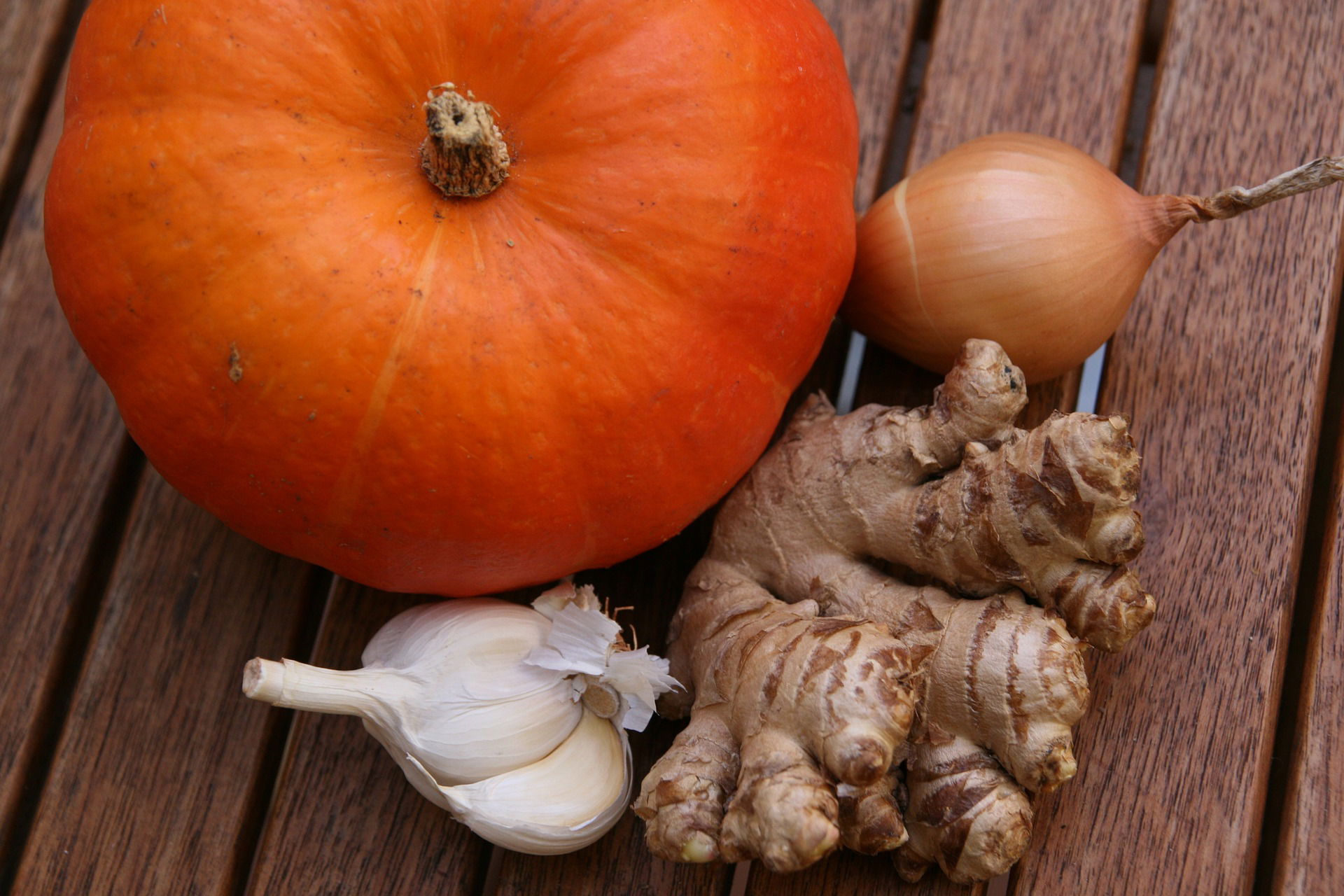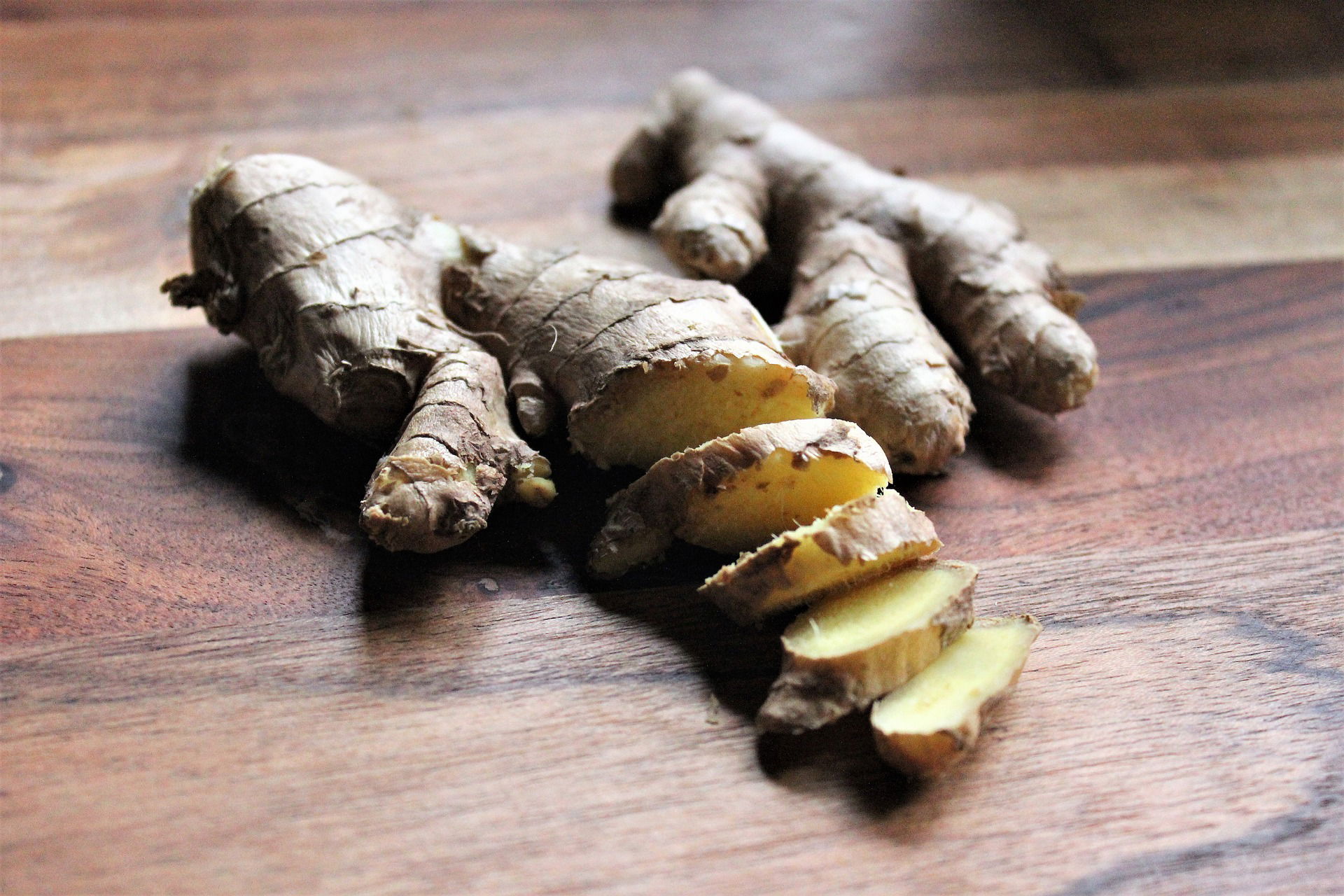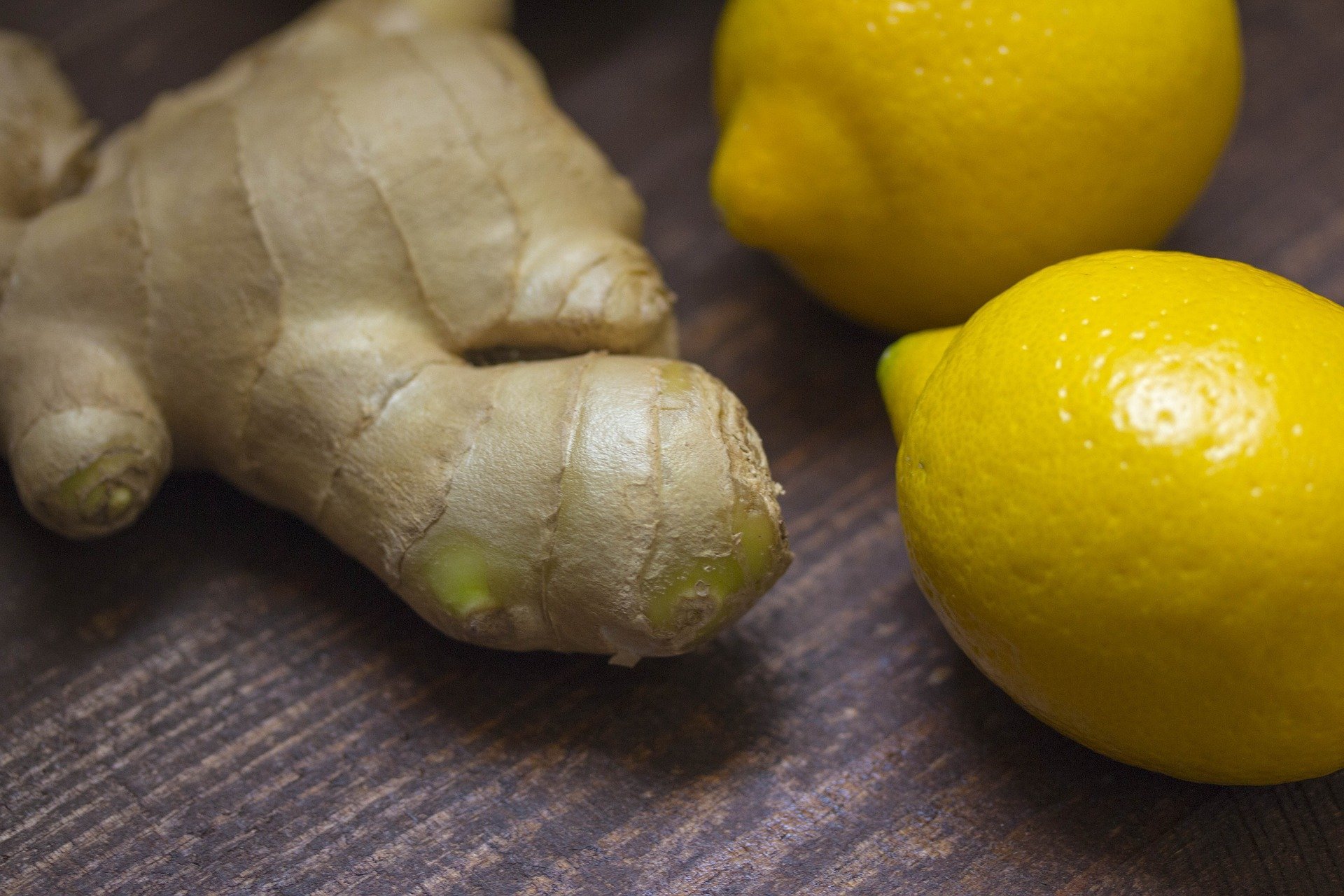Freezing ginger preserves its nutrients and essential oils
Ginger is a versatile ingredient that adds a unique flavor to many dishes. However, it can be challenging to keep fresh ginger on hand all the time. Luckily, freezing ginger is a simple and effective way to preserve it for later use. Frozen ginger can be used in various forms, making it easier to add ginger flavor to your meals.
In this article, we'll explore the benefits of freezing ginger, how to freeze it, and the best recipes to use it in. Additionally, we'll provide tips on how to use frozen ginger in cooking, and answer some frequently asked questions about freezing ginger.

What is Frozen Ginger?
Introduction to Frozen Ginger
Ginger is a popular spice used in various cuisines worldwide. It's known for its unique flavor, aroma, and health benefits. Frozen ginger is simply fresh ginger that has been peeled, chopped, and stored in the freezer for later use. While fresh ginger is great, freezing it can be a game-changer for your kitchen. This article will delve into the benefits of freezing ginger, how to freeze it, and the different forms it can take.
Ginger: Health Benefits
Ginger has been used for medicinal purposes for centuries. It contains a compound called gingerol that has anti-inflammatory and antioxidant properties. Consuming ginger can help reduce inflammation, manage nausea, and provide relief for pain associated with conditions such as osteoarthritis. Ginger also has antibacterial and antiviral properties, making it a great natural remedy for colds and flu.

Benefits of Freezing Ginger
Preserves Nutrients
Freezing ginger preserves its nutrients and essential oils. Ginger contains vitamins B6 and C, magnesium, and potassium. When ginger is frozen, it retains most of these nutrients, making it a great alternative to fresh ginger.
Convenience
Frozen ginger can save time in the kitchen. It's already peeled and chopped, which means less prep time and less mess. It's also always available, so you don't have to worry about running out of ginger.
Cuts Down Food Waste
Freezing ginger is a great way to cut down on food waste. Fresh ginger has a relatively short shelf life, and it can be challenging to use all of it before it goes bad. Freezing ginger can help prevent waste, making it an eco-friendly solution for your kitchen.

How to Freeze Ginger: Step-by-Step Guide
Selecting Ginger
Choose fresh, firm ginger with smooth skin. Avoid ginger that is wrinkled, soft, or has mold.
Cleaning and Preparing Ginger
Wash the ginger thoroughly and peel off the skin using a vegetable peeler or a spoon. Rinse the ginger in cold water and pat dry.
Cutting Ginger into Portions
Cut the ginger into small, manageable pieces. You can chop it into cubes, slices, or julienne. Make sure the pieces are small enough to fit in a freezer bag.
Freezing Ginger: Methods and Tips
Place the ginger pieces in a single layer on a baking sheet and freeze for 30 minutes. This will prevent them from sticking together. Transfer the ginger to a freezer-safe zip-lock bag and remove as much air as possible. Label and date the bag.
Storing Frozen Ginger
Frozen ginger can last up to 6 months in the freezer. Store it in a freezer-safe bag or container. Don't thaw the ginger before using it. Instead, grate or chop it directly from the frozen state.

Freezing Ginger in Different Forms
Whole Ginger
You can freeze whole ginger by wrapping it in plastic wrap and placing it in a zip lock bag. Alternatively, you can peel and chop the ginger and freeze it in portions.
Ginger Juice
Freeze ginger juice in an ice cube tray and store the cubes in a freezer-safe bag. This is a great way to add ginger flavor to drinks and recipes.
Ginger Paste
Blend peeled ginger with water or oil in a food processor or blender until you get a smooth paste. Freeze the paste in an ice cube tray and store in a freezer-safe bag. Ginger paste is a great addition to curries and marinades.

The Best Recipes Using Frozen Ginger
Frozen ginger can be used in a wide variety of dishes, from savory stir-fries to sweet desserts and beverages. Here are some of the best recipes that utilize the unique flavor and aroma of frozen ginger:
Ginger Tea
Ginger tea is a soothing and refreshing beverage that's perfect for cold days or after a heavy meal. To make ginger tea with frozen ginger, simply grate a small piece of frozen ginger (about 1 tablespoon) and add it to a cup of hot water. Let it steep for 5-10 minutes, then strain and enjoy. You can also add honey, lemon, or other spices to enhance the flavor.
Asian Stir-Fry Dishes
Frozen ginger is a staple ingredient in many Asian stir-fry dishes, adding a spicy and aromatic kick to meats, vegetables, and noodles. To use frozen ginger in stir-fries, simply thaw a piece of ginger and grate it finely, then add it to the pan with other ingredients. You can also make a marinade or sauce with frozen ginger, using soy sauce, rice vinegar, sesame oil, and other seasonings.
Gingerbread Cookies
Gingerbread cookies are a classic holiday treat that can be made with frozen ginger for a convenient and flavorful twist. To make gingerbread cookies with frozen ginger, thaw a piece of ginger and grate it finely, then mix it with flour, sugar, butter, eggs, and other spices like cinnamon, nutmeg, and cloves. Roll out the dough and cut it into festive shapes, then bake in the oven until golden and crispy.

Tips for Using Frozen Ginger in Cooking
Using frozen ginger in cooking requires some adjustments and substitutions, but it can be a great way to save time and money while still getting the full flavor and health benefits of ginger. Here are some tips for using frozen ginger in cooking:
Adjusting Recipes
When using frozen ginger in recipes that call for fresh ginger, you'll need to adjust the amount and texture of the ginger accordingly. Generally, 1 teaspoon of grated frozen ginger is equivalent to 1 tablespoon of fresh ginger, but you may need to adjust based on your taste preferences. You can also use a food processor or blender to grind frozen ginger into a paste or puree, which can be added directly to soups, stews, and sauces.
Substituting Frozen Ginger for Fresh Ginger
If you don't have fresh ginger on hand, you can substitute frozen ginger in most recipes with minimal difference in taste and texture. Just remember to thaw the ginger first and adjust the amount according to the recipe. You can also use ground ginger powder as a substitute, but the flavor may be less intense than fresh or frozen ginger.

Storage and Shelf Life of Frozen Ginger
Frozen ginger can be stored for several months in the freezer, and it retains most of its flavor and nutrients when frozen correctly. Here are some tips for storing and defrosting frozen ginger:
Defrosting Frozen Ginger
To defrost frozen ginger, simply take it out of the freezer and let it thaw at room temperature for 10-15 minutes. You can also microwave the ginger for a few seconds until soft, or soak it in warm water for a few minutes. Avoid refreezing thawed ginger, as this can affect its quality and texture.
Shelf Life of Frozen Ginger
Frozen ginger can be stored for up to 6 months in the freezer, but it's best to use it within 3-4 months for optimal flavor and texture. You can store frozen ginger in a freezer bag or container, tightly sealed to prevent freezer burn or moisture buildup. Label the container with the date of freezing, so you can keep track of its shelf life.

Frequently Asked Questions about Frozen Ginger
If you're new to using frozen ginger in cooking, you may have some questions or concerns about its quality and safety. Here are some frequently asked questions and answers about frozen ginger:
Is Frozen Ginger as good as Fresh Ginger?
Frozen ginger is a convenient and cost-effective alternative to fresh ginger, but it may have a slightly different texture and taste. Frozen ginger is softer and more moist than fresh ginger, which can affect its aroma and flavor. However, frozen ginger retains most of its health benefits and can be used in most recipes that call for fresh ginger.
Can you freeze ginger paste?
Yes, the ginger paste can be frozen for up to 3 months, but it may lose some of its pungency and aroma when thawed. To freeze ginger paste, portion it into small containers or ice cube trays, then freeze until solid. Label the containers with the date and contents, so you can use them as needed. When thawing ginger paste, let it come to room temperature before using it in recipes.
In conclusion, freezing ginger is an excellent way to make sure you always have fresh ginger on hand. It's a simple process that preserves the flavor and nutrients of ginger, and it can be used in a variety of recipes. Whether you're making ginger tea, gingerbread cookies, or Asian stir-fry dishes, frozen ginger is a convenient and delicious ingredient to have in your kitchen. Try it out today and enjoy the benefits of frozen ginger!

Frequently Asked Questions
Is it necessary to peel ginger before freezing it?
Peeling ginger before freezing is optional. If you plan to grate or chop ginger, it is easier to peel it before freezing. However, if you plan to use ginger for ginger tea, boiling it with the skin can add more flavor.
Can you freeze fresh ginger root in water?
It's not recommended to freeze fresh ginger root in water. Freezing ginger with water will cause the ginger to become mushy and lose its flavor. Instead, dry ginger root thoroughly before freezing it.
How long can you keep frozen ginger?
Frozen ginger can last up to six months in the freezer. To ensure that it lasts as long as possible, store it in an airtight container or freezer bag and remove as much air as possible before freezing.
Can you substitute frozen ginger for fresh ginger?
Yes, you can substitute frozen ginger for fresh ginger in most recipes. However, keep in mind that frozen ginger has a more concentrated flavor than fresh ginger, so you may need to use less of it in your recipes.
